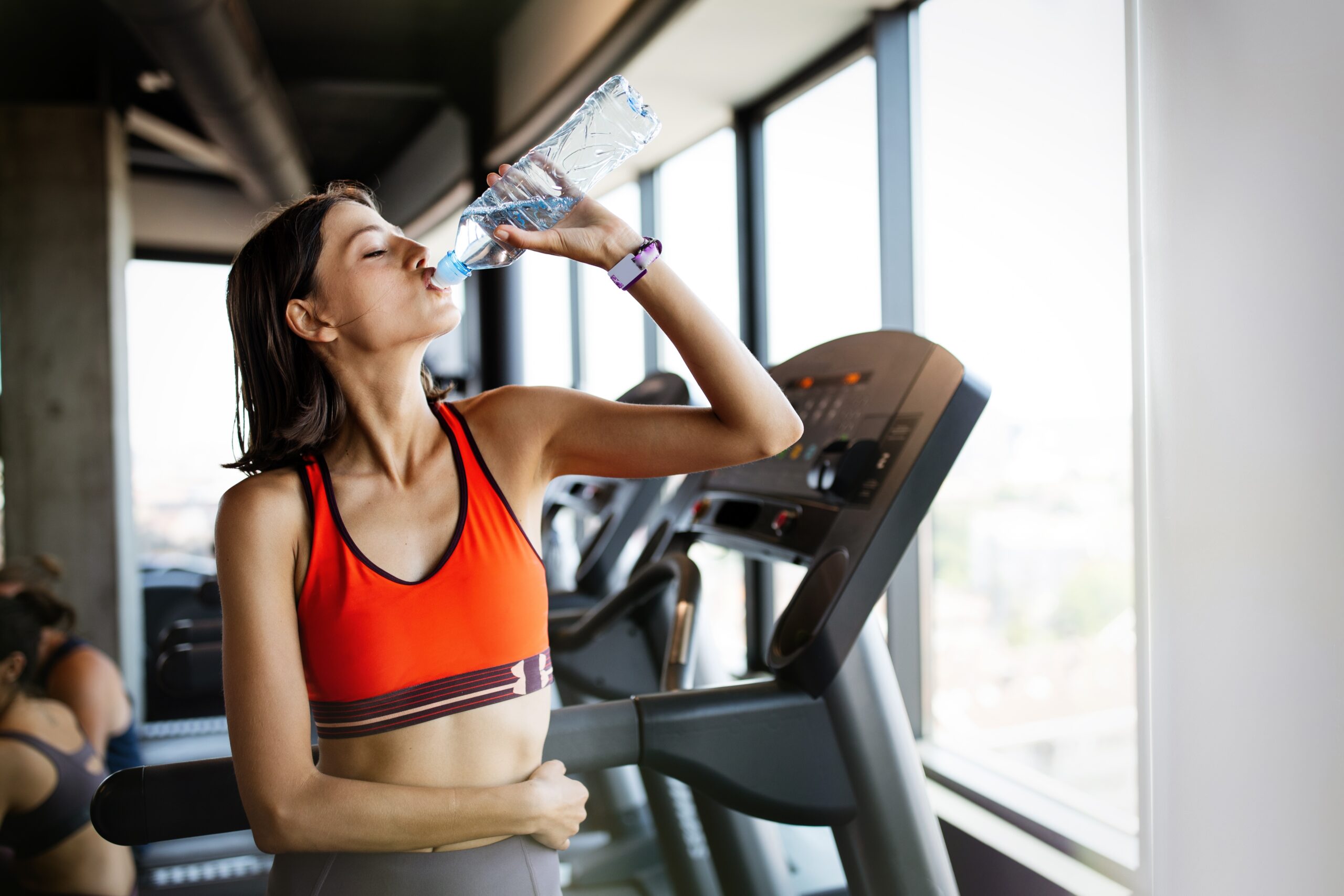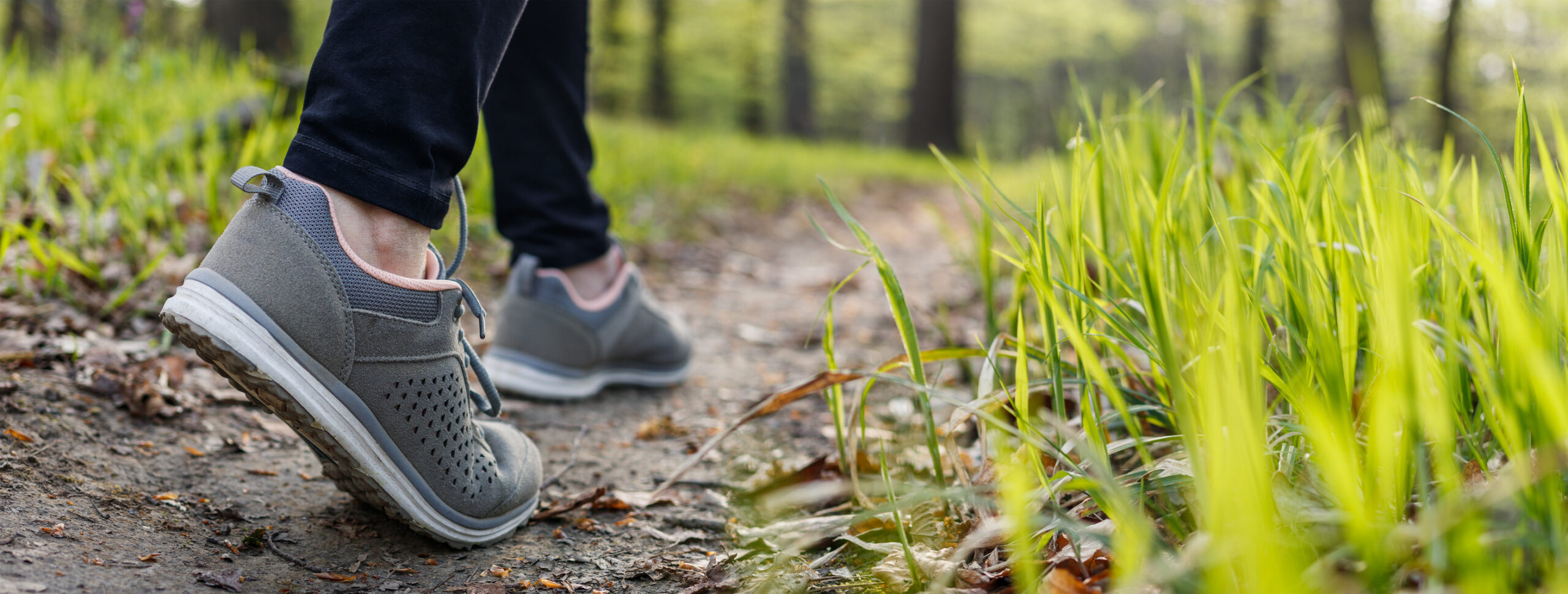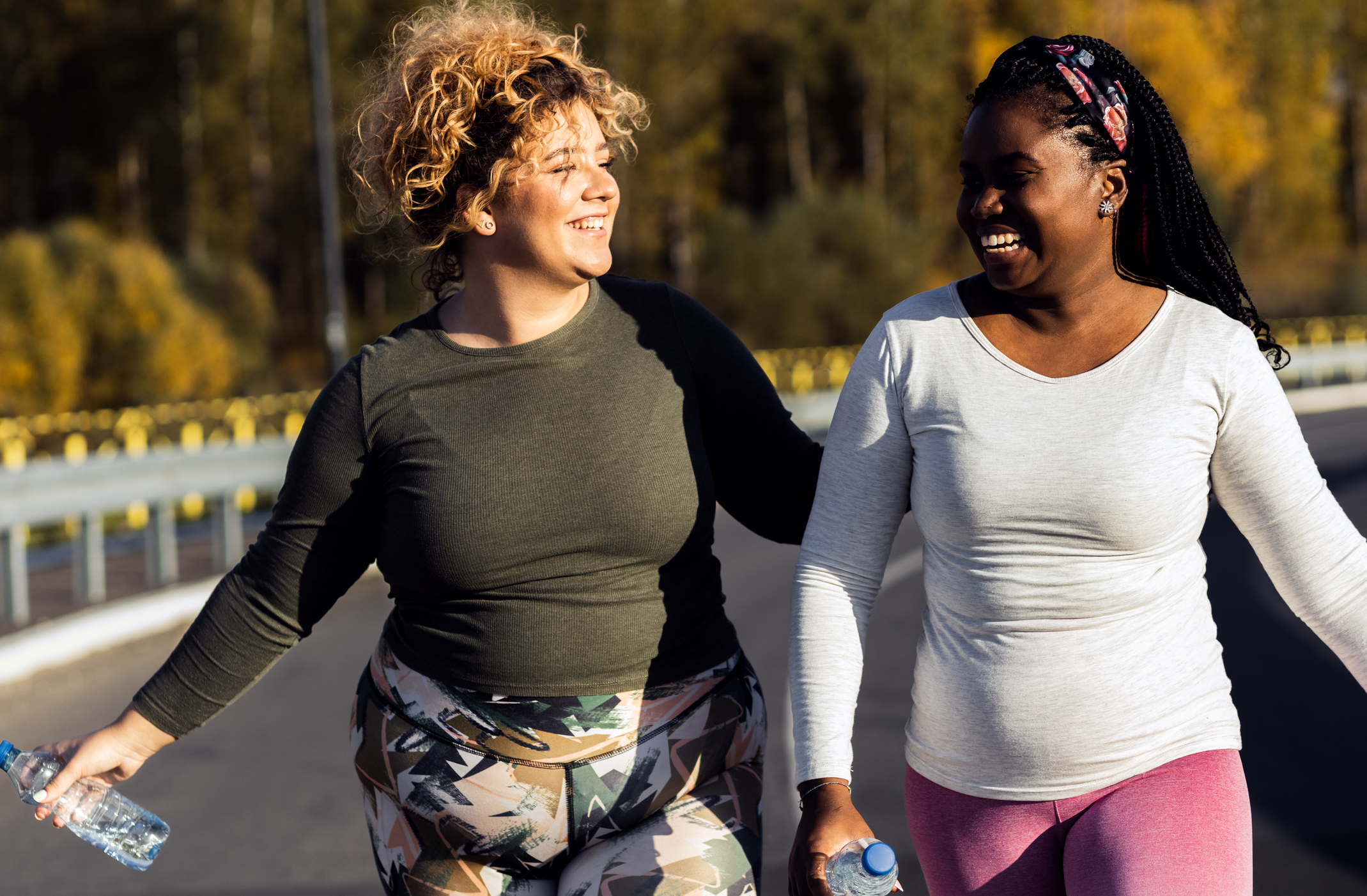Keeping our bodies hydrated is important for our health and wellbeing, but do you know how much fluid you should be drinking? Or how to tell if you’re getting enough?
How much is enough?
The Eatwell Guide recommends we drink 6-8 glasses of fluid each day. You can include water, low fat milk and sugar-free drinks. Tea and coffee count too. Remember, it’s a guideline and will vary according to your weight, lifestyle and activity level.
Water makes up 60% of our bodies and it’s lost through sweating, peeing and even breathing. Being hydrated benefits our digestion, circulation and complexion. Fats are more easily broken down and converted into energy by a hydrated body, all the more reason to be mindful of how much we’re consuming.
Top tip: Often we find ourselves wanting to eat when actually we’re thirsty. If you’re feeling a little peckish, drink a large glass of water and see how you feel.
Symptoms of mild dehydration include, thirst, fatigue, headaches, dizziness and cramps. Severe dehydration can lead to dry skin and lips, sunken eyes, fainting spells, rapid heartbeat and rapid breathing. You’re more likely to get dehydrated more quickly if you’ve got diabetes, it’s a hot day or if you’ve sweated a lot.
Can you drink too much?
As with most things in life, you can overdo it. Water intoxication (hyponatremia) is a thing. Drinking vast amounts too quickly leads to an abnormally low concentration of sodium in the bloodstream. This damages the kidneys and liver and can even be fatal. It’s very rare, and you’d have to drink an absolutely huge volume of water, but it’s worth being aware of. Regular glasses or bottles of water throughout your waking hours won’t put you in the danger zone but It’ll make you pee a lot, especially if you’re not used to drinking enough. That’s OK.
How do I know if I’m hydrated?
Looking at our wee tells us what we need to know. If urine is a pale yellow, and you’re visiting the loo every few hours, you’re hydrated. If it’s a darker colour, or you’ve not gone for hours, head to the tap.
How do I know if I’m drinking enough?
There are many water intake calculators on the web which might give you a better idea of how much you should be aiming for. One of the better ones is bottle-makers Camelbak’s hydration calculator, which gives you a total based on your age and weight and takes into account activity too.
But I don’t like water?
Granted, it’s plain. Try adding a slice of lemon or cucumber, or pop a sprig of mint or rosemary into it.
Try purchasing a jug or flask with a filter if you live in a hard water area and you don’t like the taste. The market is full of products to encourage us to drink more – check out a nifty flask with a built-in fruit infuser. If all else fails, buy yourself some no added sugar squash to make fluids more appealing.
Top tips to stay hydrated
- When you feel thirsty, don’t delay, grab a drink.
- Keep water in your line of sight. A water bottle on your desk or a glass next to the kitchen sink will remind you to keep drinking.
- Eat foods that have a high water content such as soups and fruits.
- Set yourself a reminder. An alert on your phone can remind yourself to top up your water bottle.
- Limit your intake of caffeinated sugary drinks, fruit juice and alcohol.



